Originally pitched by Solomon Falls, the 180 Cup reimagined the ubiquitous red party cup, a staple at countless social gatherings. It introduced a novel, space-saving concept: a dual-purpose cup that accommodates both standard drinks and shots, eliminating the need for separate vessels. This clever innovation, combined with eco-friendly materials and versatile functionality, garnered significant attention on the show.
Beyond the television spotlight, the 180 Cup ventured into the challenging terrain of retail and faced various twists and turns. We explore how the product’s success on “Shark Tank” translated into real-world accomplishments, the obstacles it encountered, and the outcome of this ambitious entrepreneurial endeavor. Join us as we uncover the full story of the 180 Cup’s entrepreneurial journey beyond the tank.
What Is 180 Cup?
The distinctive design of the 180 Cup offers a dual-purpose solution. One side features the familiar 18-ounce red party cup, while the opposite end houses a 1.5-ounce shot glass for more potent libations. This ingenious fusion not only saves space but also minimizes waste, eliminating the need for separate cups to accommodate different drink preferences.
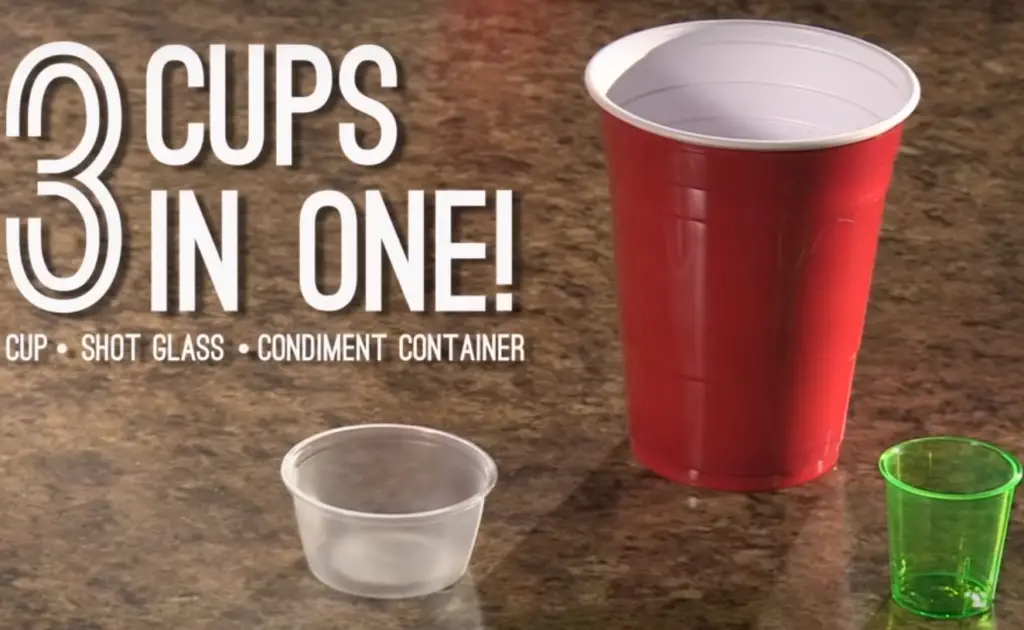
What sets the 180 Cup apart is its construction from premium, eco-friendly, and reusable materials. This commitment to quality ensures both durability and environmental responsibility. Whether it’s a lively party, a tailgating event, a relaxed picnic, or a sizzling barbecue, the 180 Cup proves to be a versatile and convenient choice for various occasions.
Pros:
- Innovation: The 180 Cup’s design is its primary selling point. The combination of a standard cup and a shot glass is a novel concept that solves a common party problem;
- Convenience: The 180 Cup offers convenience for party-goers and hosts alike. It eliminates the need to buy and dispose of two types of cups, which saves money and reduces waste;
- Durability: The 180 Cup is made of sturdy plastic, making it more durable than traditional disposable cups;
- Cost-Effective: Compared to purchasing separate cups and shot glasses, the 180 Cup is a cost-effective solution – especially for large events or regular party hosts;
Cons:
- Limited Use: While perfect for parties, the 180 Cup has limited use outside of this context. Its design is not practical for everyday use or formal events;
- Size: The shot glass portion of the 180 Cup is larger than a standard shot glass, which could lead to unintentional over-pouring;
- Cleaning: If you decide to reuse the 180 Cup, cleaning can be a bit tricky due to the dual-function design;
- Availability: The 180 Cup is not as readily available as standard disposable cups, which could be a drawback for last-minute party planners [2];
Who May Benefit from Using 180 Cup:
- Party Hosts: Whether hosting a small gathering or a large event, party hosts will find the 180 Cup useful. Its dual functionality means less clutter and fewer types of cups to purchase and clean up after the party;
- College Students: The inspiration for the 180 Cup came from college keg parties. It’s easy to see why college students, particularly those living in dorms or attending fraternity/sorority parties, would appreciate its convenience and novelty;
- Event Planners: Professional event planners might find the 180 Cup a cost-effective and fun alternative to traditional disposable cups, especially for casual events like concerts, festivals, or outdoor parties;
- Outdoor Enthusiasts: People who enjoy picnics, barbecues, beach trips, or tailgating events could also benefit from the 180 Cup. Its durability and dual functionality make it a practical choice for outdoor settings;
- Environmentally Conscious Consumers: While still a disposable product, the 180 Cup could appeal to those looking to reduce waste. By combining two types of cups into one, it potentially cuts down on the amount of plastic waste generated by a party [3];
About Founders Of 180 Cup
Preceding its debut on the renowned television show, Shark Tank, the 180 Cup had already cemented its status as a beloved party essential, particularly within the college and young adult demographic.
Crafted by a cadre of college scholars in sunny California back in 2012, this ingenious creation was born to facilitate drinking games sans the need for distinct measuring vessels or shot glasses.
The vessel boasts etched demarcations that enable users to effortlessly dispense the precise quantity of spirits requisite for their chosen libations or gaming endeavors.
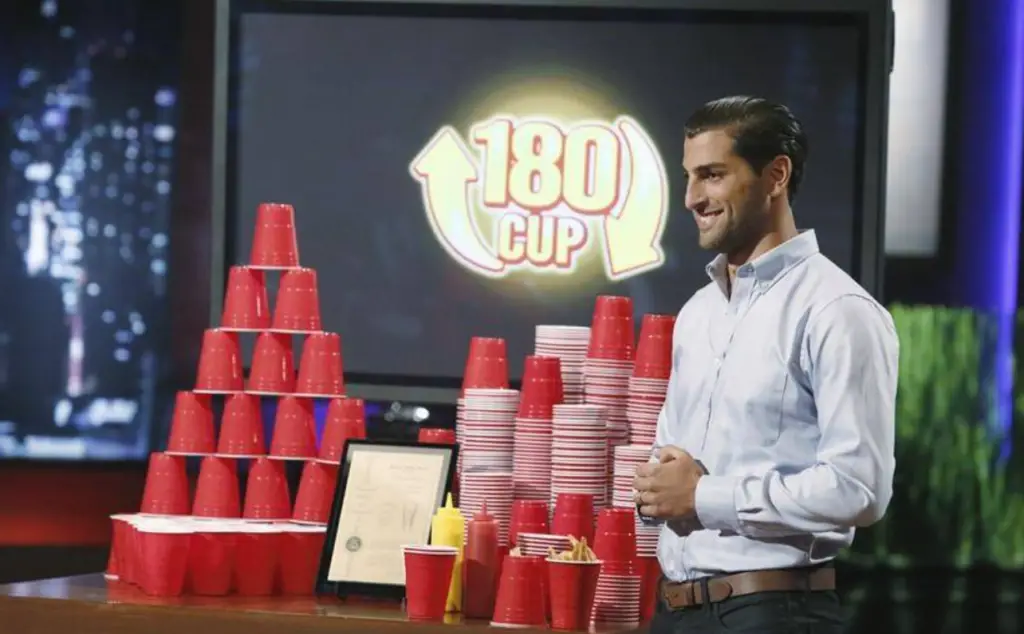
The 180 Cup achieved notoriety through virality on social media and an extensive grapevine network, eventually earning its place on store shelves and various online platforms. Furthermore, the enterprise diversified its offerings to encompass an array of accessories, including but not limited to caps, straws, and portable carrying solutions.
The fruition of this product and its unparalleled design seized the attention of Shark Tank’s producers, prompting the entrepreneurs to make their debut on the show to solicit investment from the formidable Sharks.
Before Solomon’s foray into Shark Tank, the 180 Cup languished in relative obscurity, grappling with meager sales figures.
Solomon’s overarching objective in conceiving the 180 Cup was to supplant the ubiquitous red party cup at house gatherings and barbecue soirées. Despite conceiving a cutting-edge product of global repute, Solomon wrestled with the logistical challenges of stocking 180 Cups in stores.
The strategies employed by Solomon to promote the 180 Cup followed a conventional blueprint, yielding minimal traction for the product.
The Pitch Of 180 Cup At Shark Tank
The iconic Red Solo cup has long been a staple at gatherings, and now, Solomon Fallas is bringing a modern twist to this classic item as he enters the Shark Tank seeking a $ 300,000 investment in exchange for a 15% equity stake in his company [5].
The Red Solo Cup sees more than 2 billion uses annually in the United States. In contrast, the 180Cup offers a novel approach, doubling as a shot glass when flipped upside down, featuring an indentation that aligns with the FDA’s recommended alcohol shot size. Moreover, the cup’s bottom recess serves as a versatile measuring tool or condiment container.
When inquired about 180Cup’s sales, Solomon revealed impressive figures, with over 5 million units sold in under six months, resulting in $ 385,000 in revenue. These sales were primarily achieved through local retailers, often located in the vicinity of college campuses.
Solomon’s unique strategy involved enlisting college students to connect 180Cup with liquor stores through platforms like Craigslist and social media. Depending on the order’s size, students earned a percentage of the sales, leading to a remarkable 92% re-order rate within the first month. In just half a year, 180Cup transformed from an idea into a thriving business [6].
Packaged in sets of 24, the 180Cup boasts a price point identical to the standard Red Solo cup. Solomon’s inspiration for this innovation sparked when he attended a college party with a fraternity and noticed the widespread use of Red Solo cups. He was struck by their popularity and utility limitations.
Daymond makes an immediate offer of $ 300,000 for a 20% equity share, seeking an instant decision. However, other Sharks express a desire for more information before committing to an offer. Kevin questions Solomon’s reluctance to accept Daymond’s offer without exploring alternatives, using the analogy of picking up a $ 100 bill versus checking down the street for more money. Solomon opts to hear other offers and Daymond withdraws.
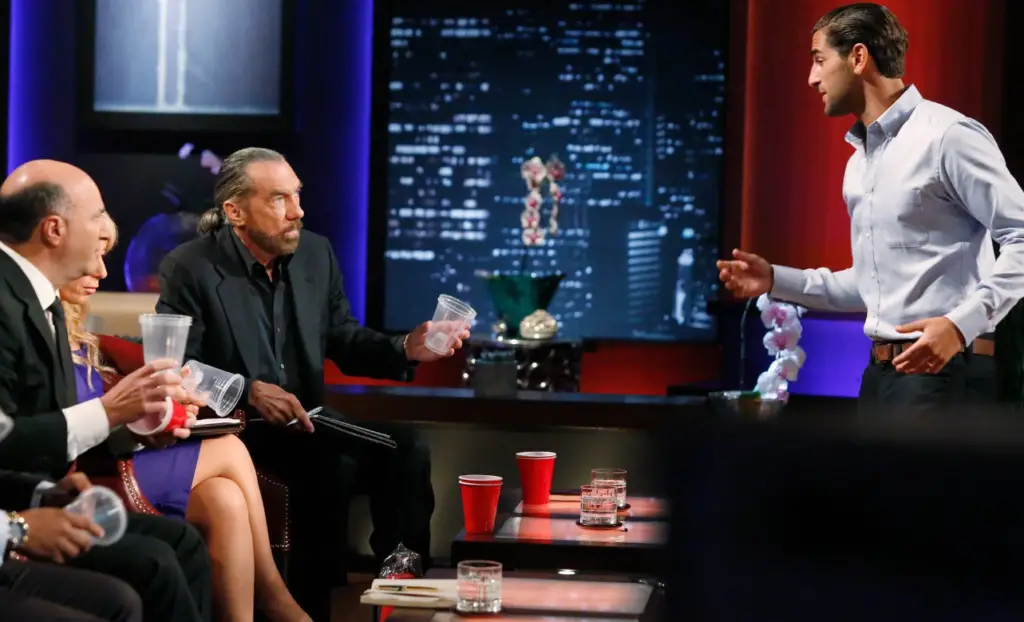
Special guest Shark John Paul DeJoria inquires about the patent, and Solomon confirms that both utility and design patents are secured. Lori commends the product’s appeal to college students but sees potential in advertising 180Cup for non-alcoholic uses as well. Solomon discloses that he invested $ 175,000 of his savings into the venture.
Mark seeks to learn more about the collegiate network, discovering that 180Cup is present in 120 stores across more than 30 colleges, covering 1% of the market and reaching around 600,000 college students. Mark also highlights the opportunity to add logos to the cup, prompting Solomon to introduce a similar product with clear plastic for effective advertising.
Daymond, feeling slighted by Solomon’s initial refusal, insists on an increased stake but settles for a $ 300,000 investment in exchange for a 25% share after some negotiation. Solomon agrees, recognizing that this minor adjustment won’t make or break his venture [7].
180 Cup After The Shark Tank
Daymond did retract his original offer, but he didn’t let that deter him from getting involved. Ultimately, he extended a new offer, the specifics of which remain undisclosed, and the 180 Cup team accepted. Following their appearance on the show, their sales experienced a notable uptick, thanks to the exposure garnered from Shark Tank.
Solomon initially contemplated handling the production in-house, but Daymond discouraged the idea. Although they eventually reached an agreement, it had already strained their business relationship. According to Solomon, they clashed, impeding their potential and progress.
Their efforts to salvage the partnership led to a meeting in episode 202 of “Beyond the Tank.” Solomon expanded the product line to include shot glasses and disposable flasks. He also expressed an interest in regaining the licensing rights for the dishwasher-safe version. Daymond offered his support in this endeavor.
Daymond introduced Solomon to Lil Jon, hoping he would become their brand ambassador. However, Solomon rejected the idea, causing Daymond to realize they had irreconcilable differences. It became apparent that the partnership might not have a future.
In the end, Daymond exited the company but expressed his best wishes for their success, acknowledging the product’s excellence.
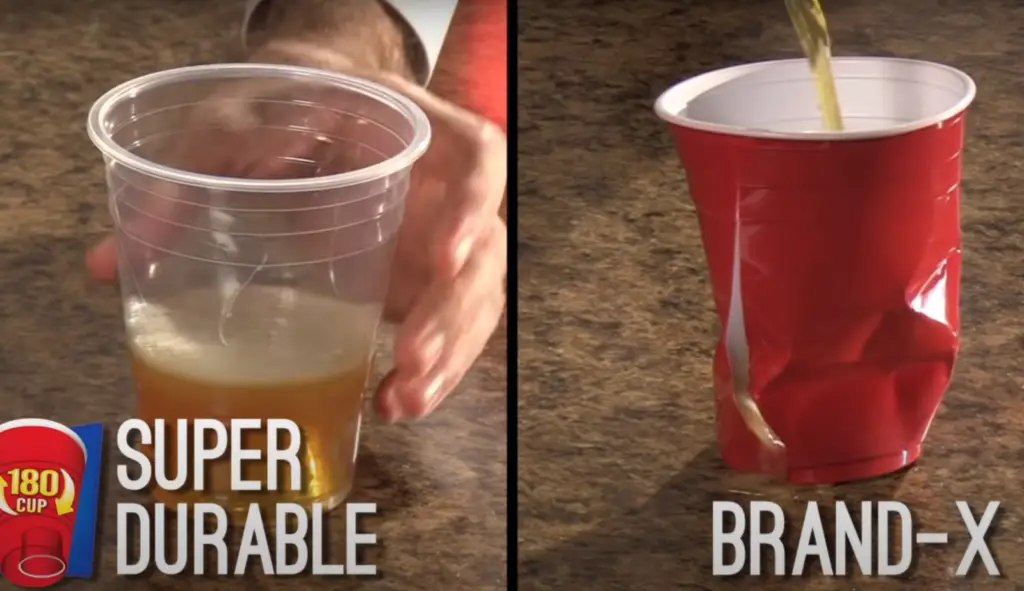
Solomon was last known to be working as an account executive for Collective Soles, a business specializing in socks and hosiery.
The Net Worth Of 180 Cup
The 180 Cup is a unique product developed by Solomon Fallas, combining a standard cup and a shot glass into one. It gained significant attention after being featured on the reality show Shark Tank.
During its active years, 180 Cup experienced substantial sales. Within six months, more than 5 million of these party cups were sold, generating around $ 385,000 in sales [10].
Alternatives To 180 Cup:
- Temperature Control Mugs: If you’re looking for a cup that can keep your drinks hot or cold, temperature control mugs are a great alternative. Brands like Ember offer models that are easy to use and effectively maintain the temperature of your beverage;
- Biodegradable and Compostable Cups: For environmentally conscious users, biodegradable and compostable cups serve as an excellent alternative. These cups are made from materials like bagasse (sugarcane) and are better for the environment than traditional plastic cups;
- Red American Party Cup and Shot Glass: This seems to be a similar product to the 180 Cup. It is also designed for party use, being tested and approved for games like beer pong and flip cup;
- Customizable Cups: According to Mark Cuban’s comment on Shark Tank, the ability to attach logos onto the cup is a smart move. Therefore, customizable cups could serve as an alternative or addition to the 180 Cup, especially for promotional events or parties;
- Durable Disposable Cups: If the sturdiness of the 180 Cup appeals to you, other disposable cups on the market are known for their durability. While they may not have the dual function of the 180 Cup, they can withstand rough handling without cracking or breaking [11];
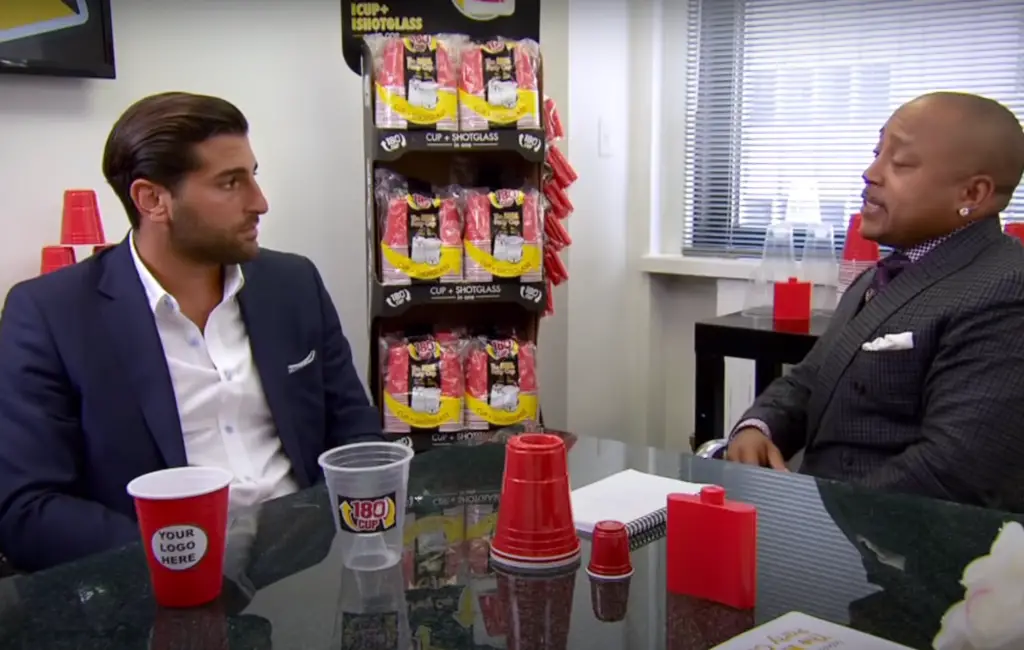
FAQ:
- Who turned down $ 30 million on Shark Tank?
The Sharks on “Shark Tank” have made substantial offers to various entrepreneurs, but one notable instance of a $ 30 million offer being turned down occurred when Mark Cuban offered $ 30 million for 10% equity in the company Ten Thirty One Productions, a live horror entertainment company. The offer was declined by the entrepreneur Melissa Carbone.
- Have any Shark Tank deals failed?
Yes, several deals made on “Shark Tank” have fallen through after the show due to various reasons, including issues with due diligence, legal concerns, or changing circumstances for the entrepreneurs. Some deals that initially looked promising on the show did not materialize into successful partnerships.
- What is the most successful product on Shark Tank?
One of the most successful products to come out of “Shark Tank” is the Scrub Daddy, a smiley-faced scrubbing sponge that changes texture based on the temperature of the water. The Scrub Daddy has generated millions of dollars in sales and is considered one of the show’s greatest success stories.
- Do Shark Tank investors get paid?
The Sharks on “Shark Tank” do not receive salaries for their participation in the show. Instead, they invest their own money into businesses they choose to support. They receive equity in the companies they invest in and hope to earn a return on their investment as the businesses grow.
- How real is Shark Tank?
“Shark Tank” is a reality TV show, but the pitches and negotiations between entrepreneurs and Sharks are unscripted and real. However, the show does follow a structured format and may involve retakes for camera angles and editing. The financial offers made by the Sharks are genuine, and the entrepreneurs have the opportunity to secure investments.
- Who turned down 4 million on Shark Tank?
The founders of Groovebook, Julie and Brian Whiteman, turned down an offer of $ 4 million for 80% equity from Mark Cuban and Kevin O’Leary on “Shark Tank”. They later regretted their decision, but the company was eventually sold to Shutterfly for $ 14.5 million.
- Which shark is the richest?
As of 2023, Mark Cuban was the richest Shark on “Shark Tank.” He has a diverse portfolio of investments and an estimated net worth in the billions. However, it’s important to note that the fortunes of the Sharks may change over time due to their various business endeavors.
- Did Shark Tank get canceled?
As of 2023, “Shark Tank” had not been canceled. The show has enjoyed continued success and multiple seasons since its debut in 2009. However, it’s always a good idea to check for the latest updates on the show’s status, as television programming can change.
- Has anyone sold their entire company on Shark Tank?
Yes, there have been entrepreneurs who successfully sold their entire companies on “Shark Tank”. In some cases, the Sharks acquire 100% ownership of the business in exchange for a financial investment. These instances are relatively rare, but they do occur when the entrepreneurs and Sharks reach mutually agreeable terms.
- What famous company was rejected on Shark Tank?
Ring, the company known for its smart doorbell and home security products, was rejected on “Shark Tank.” The founder, Jamie Siminoff, appeared on the show seeking an investment in his product called Doorbot, which later became Ring. None of the Sharks made an offer, but the company has since become highly successful.
- How does Shark Tank pay?
On “Shark Tank,” the entrepreneurs who secure deals with the Sharks receive investments in exchange for equity in their businesses. The Sharks use their funds to invest in these businesses. The terms of the deals are negotiated and agreed upon during the show, and the payments are typically made after the episode airs and the due diligence process is completed.
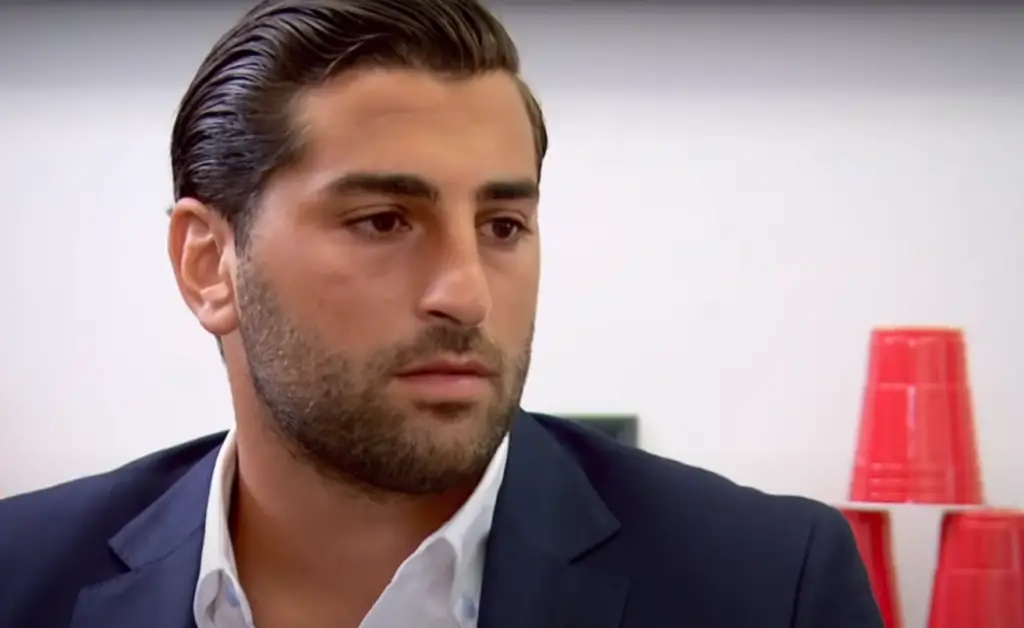
- Do Sharks put their own money in Shark Tank?
Yes, the Sharks on “Shark Tank” use their finances to invest in the businesses they choose to support. They do not use the show’s production budget or outside funding to make these investments. The money they offer to entrepreneurs is their own, and they take on the financial risk associated with their investments.
- How much does a Shark Tank cost?
Participating in “Shark Tank” does not require entrepreneurs to pay a fee to appear on the show. However, they must cover their expenses related to attending the filming, such as travel and accommodations. If they secure a deal with a Shark, they will typically give up a percentage of their business in exchange for the investment.
- Why does Barbara never invest in Shark Tank?
Barbara Corcoran, one of the Sharks on “Shark Tank,” has invested in numerous businesses on the show. However, she is known for having a specific investment strategy and typically avoids industries and products she is not personally passionate about or does not have expertise in. This may lead to instances where she chooses not to invest in certain opportunities.
- Who is the most popular shark on Shark Tank?
The popularity of the Sharks on “Shark Tank” varies among viewers. Mark Cuban, Kevin O’Leary, and Lori Greiner are often regarded as some of the most popular and recognizable Sharks due to their successful business careers and their respective investment strategies. However, the most popular Shark may be a matter of personal preference.
Useful Video: 180 Cup
References:
- https://sharktankrecap.com/180-cup-update-shark-tank-season-5/
- https://www.sharktankblog.com/business/180-cup/
- https://seoaves.com/180-cup-after-shark-tank/
- https://bizzbucket.co/180-cup-shark-tank-update/
- https://insidergrowth.com/180-cup-net-worth/
- https://gazettereview.com/the-180cup-now-shark-tank-update/
- https://www.therealitytv.com/180-cup/
- https://2paragraphs.com/2016/01/180-cup-making-20-glass-version-of-plastic-party-cup/
- https://kirktaylor.com/180cup/
- https://www.sharktanksuccess.com/180-party-cup/
- https://www.reddit.com/r/sharktank/comments/aqs07n/180_cup_are_people_still_buying_it/

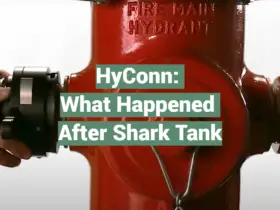
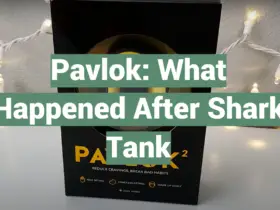
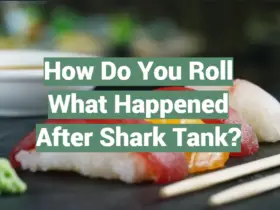
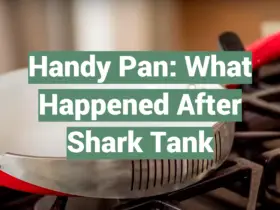
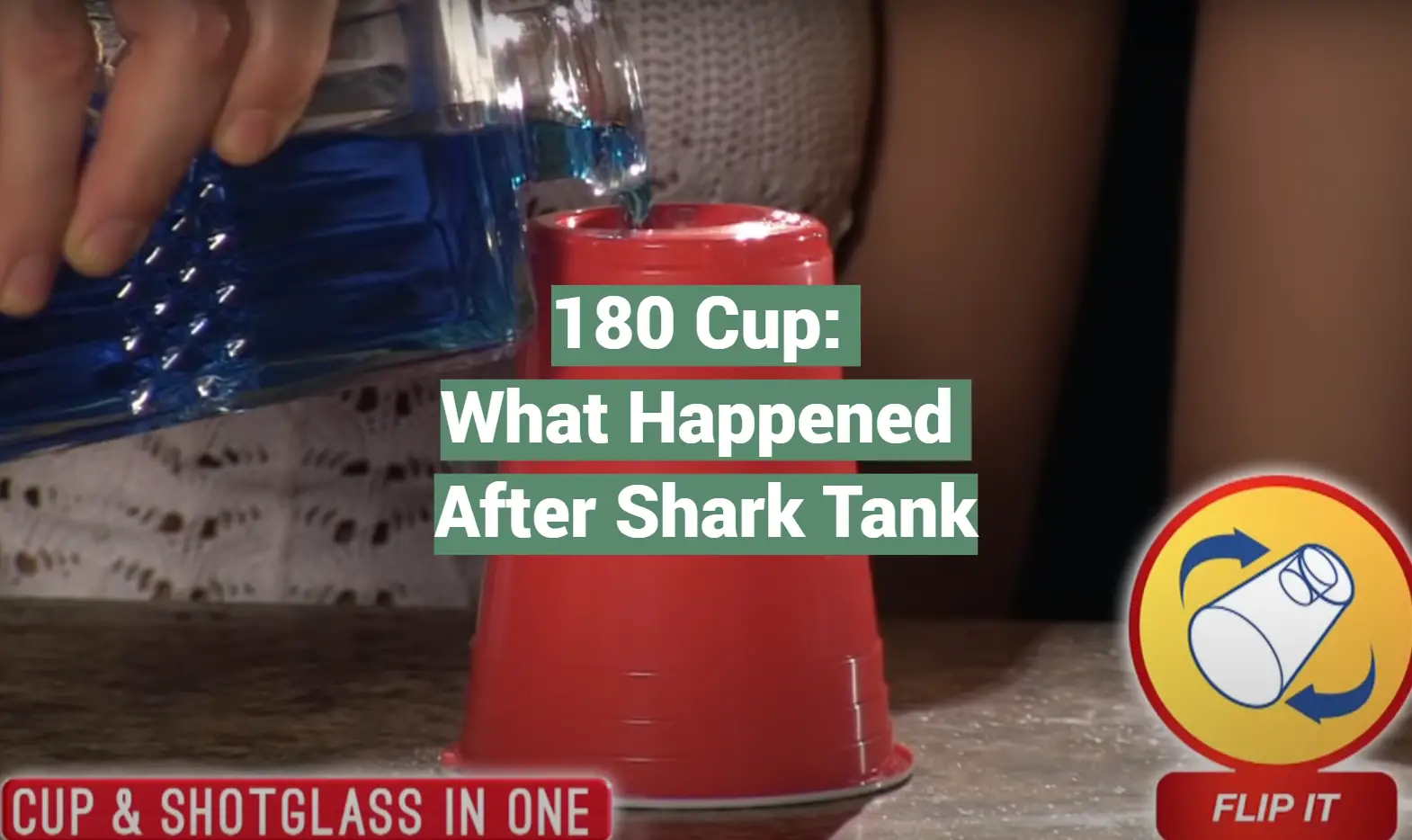
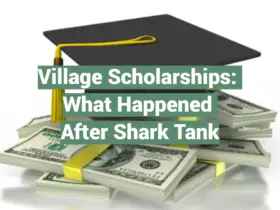

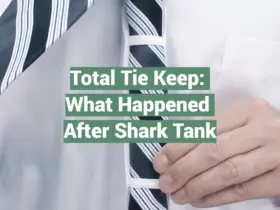
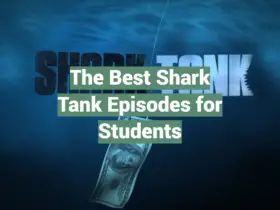
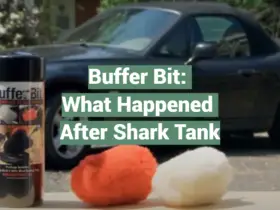
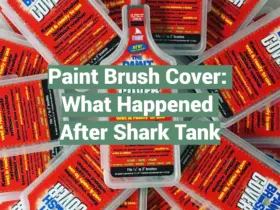

Leave a Reply